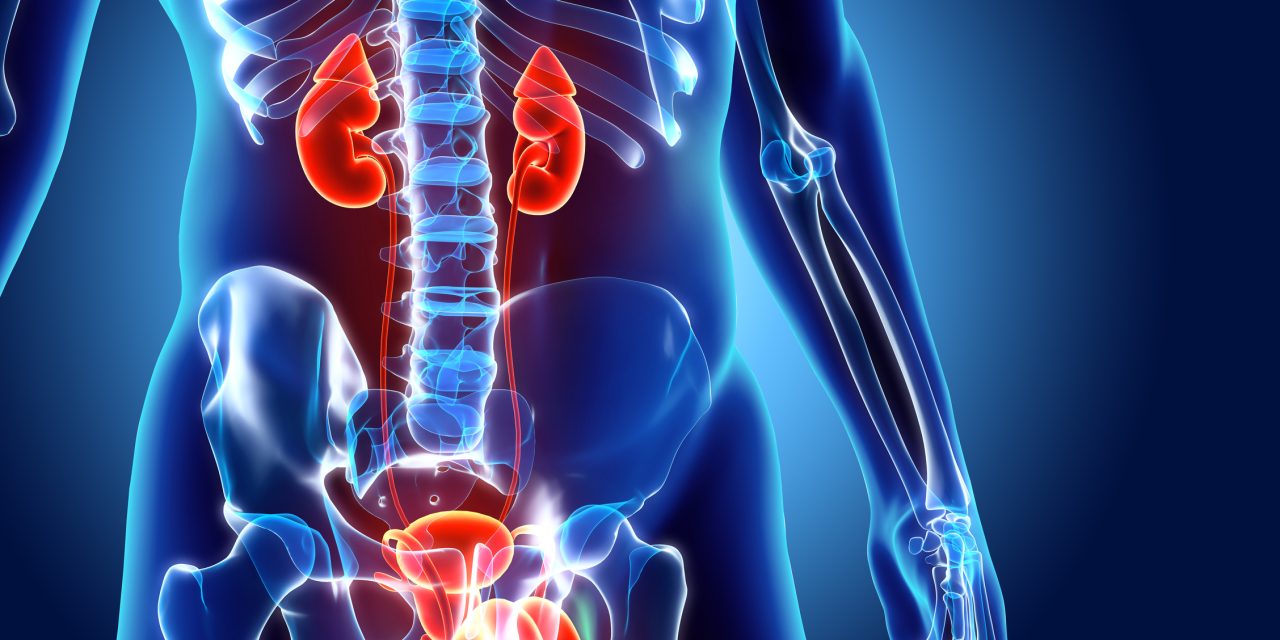Lower urinary tract symptoms (LUTS) and erectile dysfunction (ED) are relevant health problems worldwide, especially in men 50 years of age and older. With the increase in life expectancy, their prevalence is expected to rise in the coming years.
To estimate the prevalence of LUTS and ED in adults 50 years of age and older and evaluate their relation to quality of life.
An analytic cross-section-al study was conducted through a personal interview with the participants. Erectile dysfunction (IIEF-5), prostate symptom (IPSS), and quality of life (EuroQoL) questionnaires were employed. The frequency and grade of LUTS and ED were evaluated and correlated with health-related quality of life perception in 300 men above 50 years of age. Summary measures were calculated. The association of LUTS and ED with quality of life was evaluated with prevalence odds ratios (ORs) and 95% confidence intervals (CIs), calculated using unconditional logistic regression models.
Information on 300 subjects was analyzed. The general prevalence of LUTS and ED was 88.3% and 81.7%, respectively. Quality of life was classified as very poor – regular (≤ 60 points) in 18.3% of the subjects. In the multiple analysis, the presence of moderate LUTS (OR = 5.27, 1.08 – 9.73) or severe LUTS (OR = 7.05, 1.84-10.34) was associated with an increase in the possibility of presenting with a lower quality of life.
Our findings suggest that erectile dysfunction and prostate symptoms were frequent events in the population studied, as was a low perception of quality of life. The opportune and efficacious treatment of those pathologies can potentially improve the individual and social dynamics of the persons affected.
Erectile dysfunction, lower urinary tract symptoms, and quality of life in men above 50 years of age.


